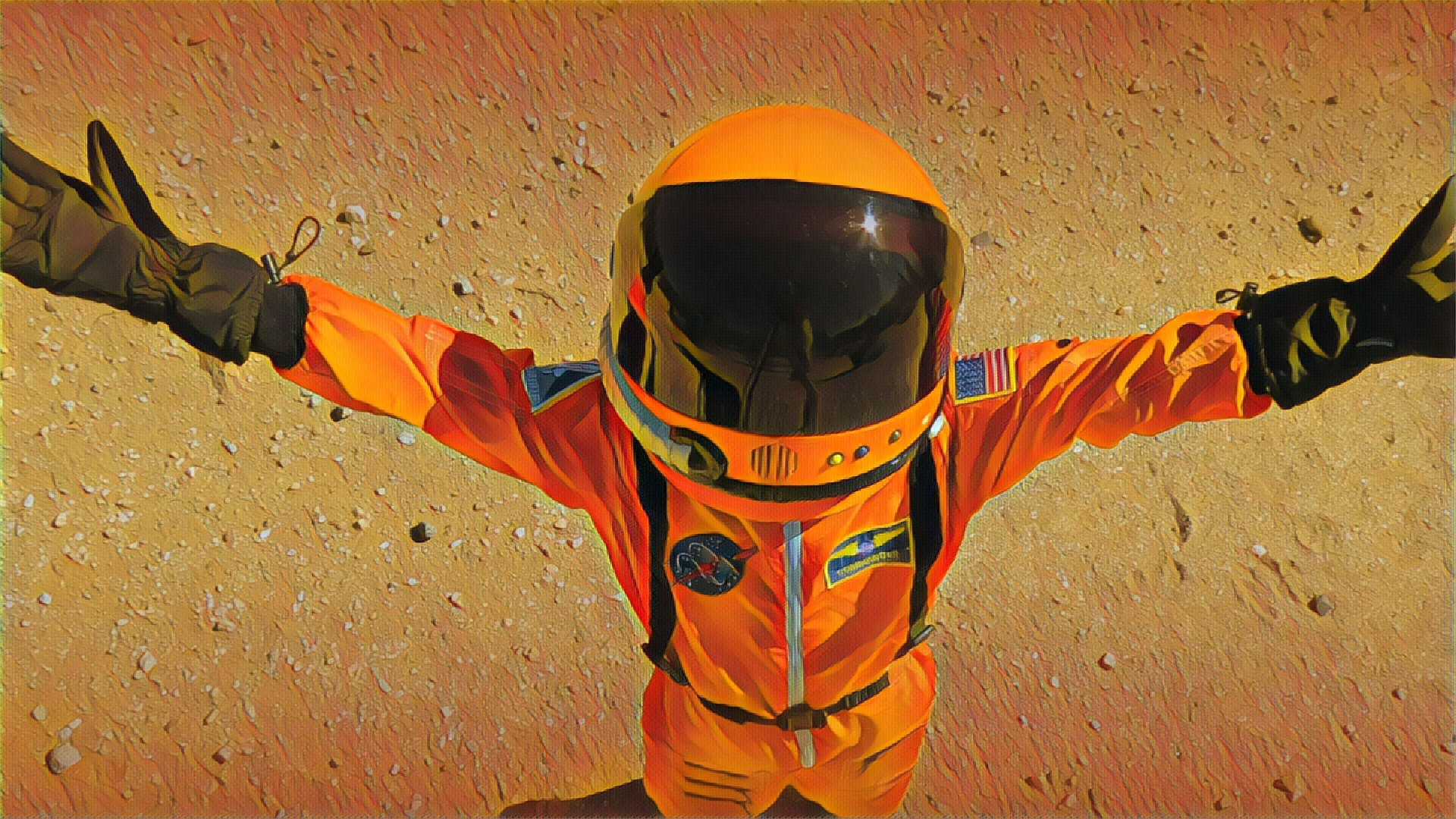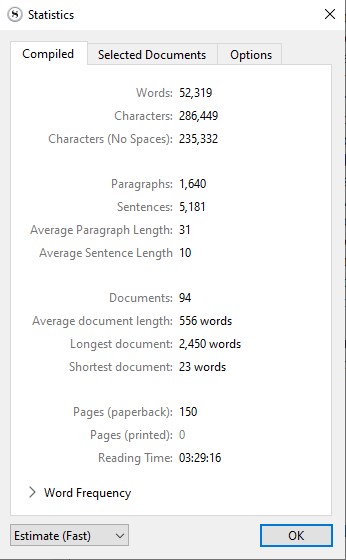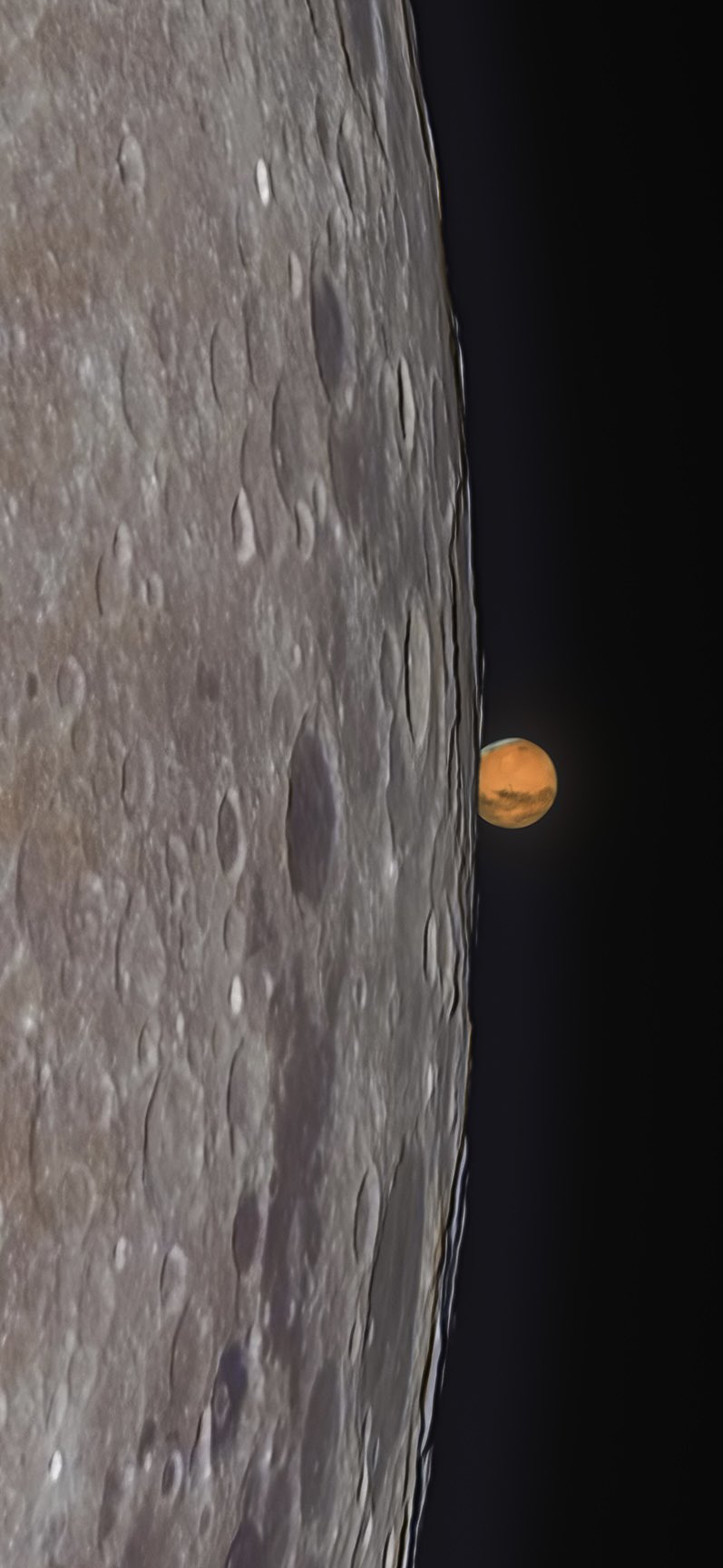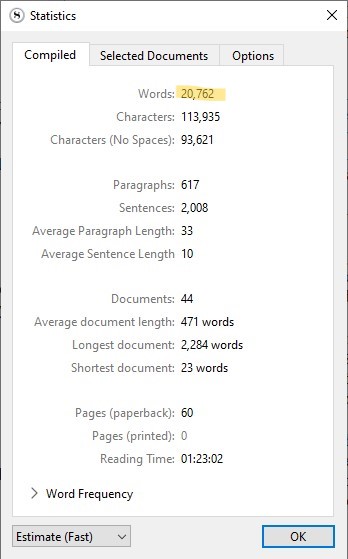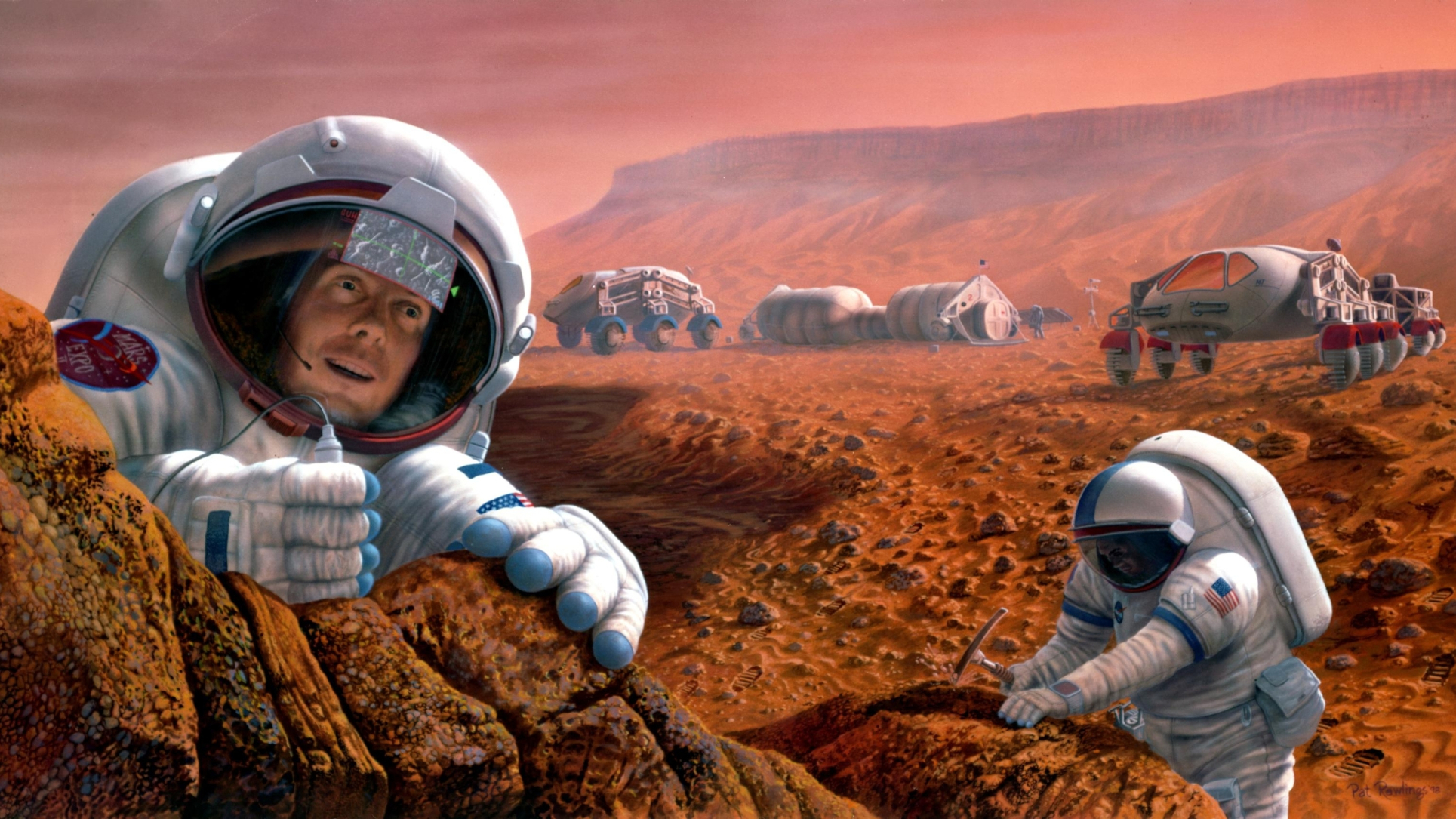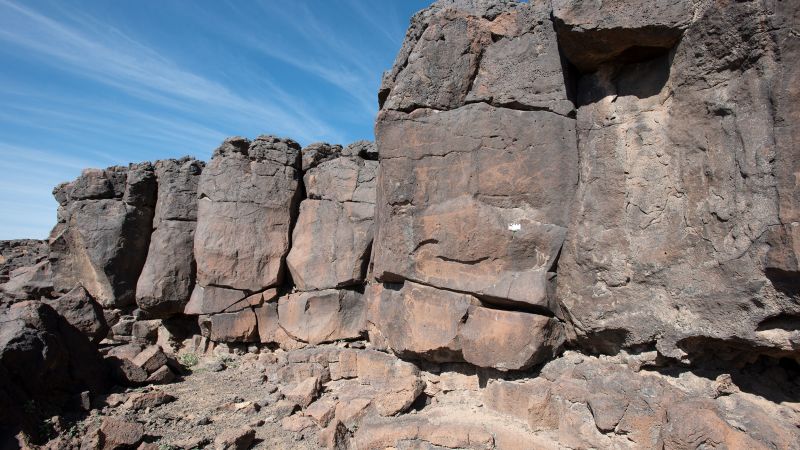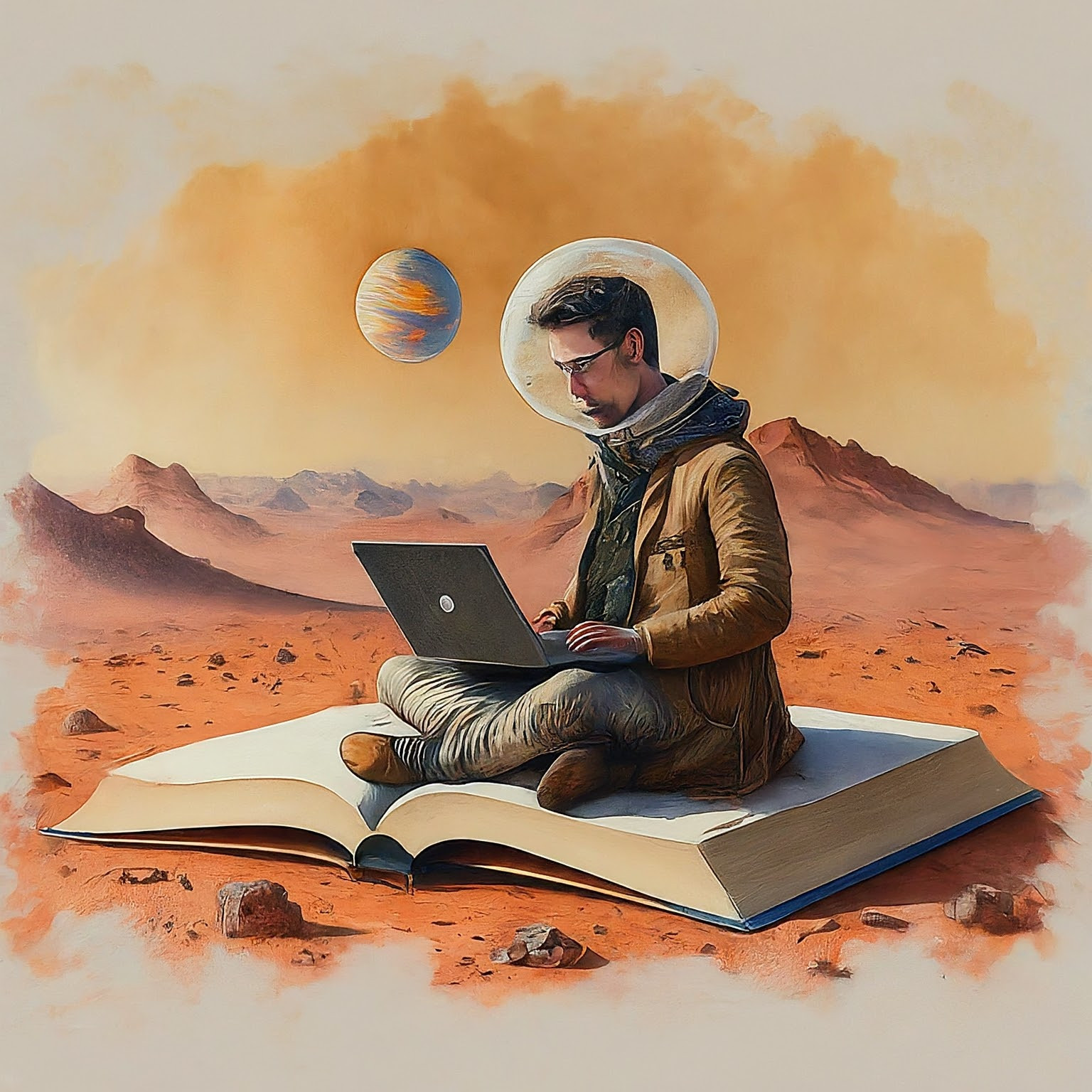Scrolling back through my writing journal, I see that today is exactly one year since I started work on Food: Generation Mars, Book Four.
My entry from that day outlines some elements of the plot that have made it into the manuscript. But, oh my!, the Doug writing that entry had no idea of the many wonderful and terrible things that would find their way into the story over the next year. The manuscript I am working on now bears only passing resemblance to what I had in mind then.
And that’s awesome!
I still have a long way to go. What new surprises are lurking out there (or in my subconscious), waiting to find their way in? I don’t know!
And that’s even more awesome!
image: generated by ImageFX
